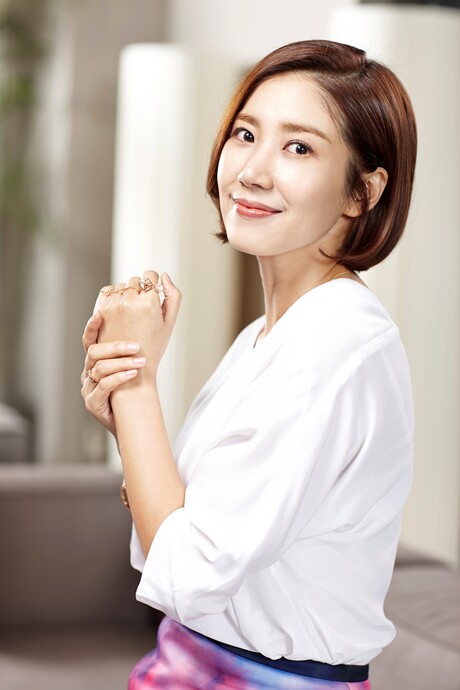A groundbreaking exhibition at the Korean Cultural Center in Paris is offering visitors an unprecedented look into seven decades of Korean modern and contemporary art history. "Colors of Korea: Spotlight on Korean Contemporary Art," which opened on October 22 to coincide with Art Basel Paris, features works by 34 Korean artists and was organized to commemorate the upcoming 140th anniversary of Korea-France diplomatic relations in 2025.
The exhibition begins its artistic journey with works by Suh Se-ok, widely recognized as a pioneer of Korean modern art. "We began the exhibition with Suh Se-ok, who is regarded as a pioneer of Korean modern art and a figure representing the moment when Korean art truly entered its modern phase," curator Kim Hae-young explained on October 24. The opening section also features abstract ink paintings by Korean-French painter Lee Ung-no, both artists having pioneered modern and contemporary ink painting that evolved from the traditional concept of literati painting.
These scholarly paintings, which flourished during the Joseon era (1392-1910), were created to express painters' thoughts and interpretations after reading literary works such as poetry. The exhibition then transitions to contemporary works including "Burning," a video piece by Lee Bae, "Translated Vase" by Yee Soo-kyung, and Lee Kang-so's painting "Island-98153," representing artists who are actively shaping Korea's contemporary art scene today.
The exhibition also highlights the work of Korean diaspora artists, featuring new pieces by Anika Yi including "A Telescope" and "The World Then No Longer Formed." According to Kim Hae-young, the timing of the exhibition reflects the growing global interest in Korean culture. "With growing global attention on Korean culture, we felt it was the right moment to properly showcase the depth of Korean modern and contemporary art in France," the curator stated.
A significant focus of the exhibition is introducing emerging Korean artists who have not been properly presented to French audiences before. "Some Korean emerging artists have never really been properly introduced in France. We wanted to take this opportunity to present them for the first time," Kim Hae-young noted. Young artists featured in the exhibition include Woo Hannah and Hejum Ba, among others.
The exhibition takes particular pride in its commissioned works from emerging talents. "We are so proud that we had many work commissioned for the show, especially from young and emerging talents such as Jeon Hyun-sun, Chung Hee-min, Shin Gun-woo, Hejum Ba and Helena Parada Kim, among others," said Valentina Buzzi, associate curator of the exhibition.
The exhibition concludes with works by Korean contemporary art masters who have significantly influenced the country's art movement. These include Park Seo-bo, Ha Chong-hyun, and Kim Gui-line, who have led the Korean dansaekhwa art movement since the 1970s, as well as Kim Ku-lim, who pioneered Korean experimental art in the 1960s. The exhibition also features two early paintings by Kim Tschang-yeul, best known for his waterdrop paintings, which may appear unfamiliar to audiences as they incorporate Korea's traditional five cardinal colors: blue, red, yellow, white, and black.
According to Buzzi, the exhibition's broader mission is to showcase the diversity and complexity of Korean contemporary art. "Overall, the show aims to offer a glimpse into the panorama of Korean contemporary art today, revealing how many incredible voices, ideas and interpretations are woven into it. We hope to introduce the notion of complexity and the plurality of voices that define Korean art," she explained.
Looking ahead, the Korean Cultural Center is planning an ambitious collaboration with the Quai Branly Museum for a major exhibition of Korean cultural heritage scheduled to run from September 2027 to early 2028. Some of the works currently displayed in "Colors of Korea" will be featured in this upcoming exhibition, according to the cultural center.
Lee Il-yul, director of the Korean Cultural Center in Paris, noted the evolving perception of Korean culture in Europe. "People mainly associated Korean culture with K-pop or certain shows. But especially in Europe, where audiences tend to have a deep understanding of traditional culture and the arts, there's growing interest in Korea's broader cultural spectrum," he observed. "What began with popular culture is now expanding into fine arts, traditional heritage and even our lifestyle."








